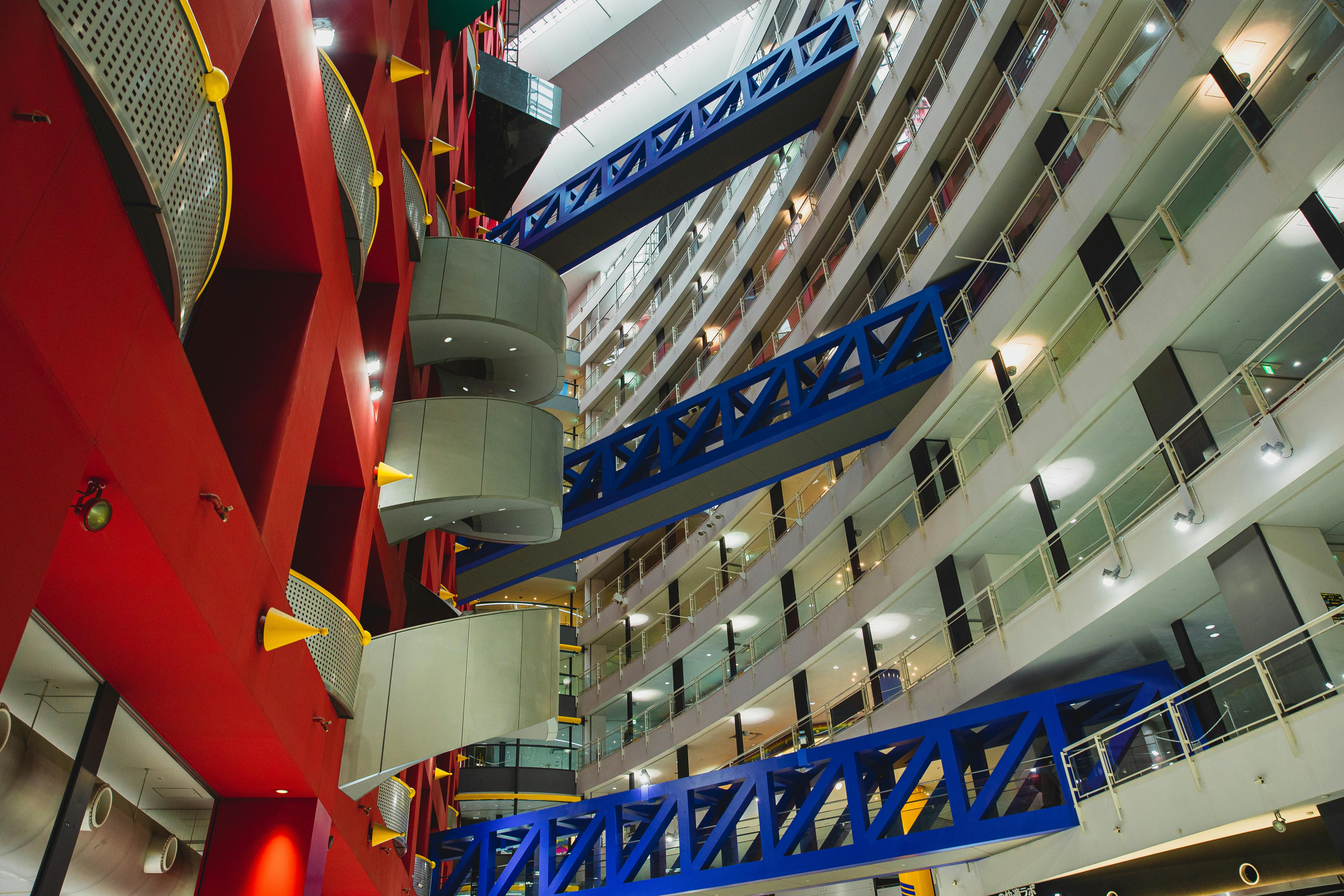Indian marriage ceremonies are rich and mixed, with many pre-wedding rituals prior to the big day time. These situations typically include Haldi, where the groom’s family pertains a turmeric paste to purify the couple; Mehndi, where women come together to have elaborate patterns coated on their hands and legs; and Sangeet, when family and friends join in tune and dance in party of the groom and bride. These fun lead to the Baraat, the place that the groom gets to the bride’s home or venue within a grand procession on his equine, car, or elephant (or, more often these days, a bus). Often the bride’s uncle(s) or earliest male family members carry her before providing her apart during the Kanya Dhaan ceremony, with all members for the bridal party next behind to develop an impressive display of love and affection for beloved little girl.
When the groom is usually formally welcomed by his future granparents, the formal procedure continues which has a ring exchange and Mangalsutra (or, recognized, a platinum chain) tieing. The clergyman then chants mantras seeing that the couple exchange bands and guarantee to support each other and cherish one another forever. The last step within the ceremony is a Saptapadi, where the couple takes seven steps with each other (each step representing a vow). The bride and bridegroom take works stepping forwards as the priest offers blessings with regards to food, success, happiness, kids, harmony, and camaraderie.

When the couple is ready to enter their new home, they are sprayed with sodium water to ward off evil, and after that the bride-to-be dips her feet within a mixture of milk and vermillion, departing red foot prints on the floor to summon the Hindu empress of wonder, fortune, and love, Lakshmi. She also kicks a pot of rice, symbolizing male fertility and posterity. Finally, the bride’s buddy puts sindoor on her forehead and hair separating to indicate her like a married female.
Then simply, as a last ceremonial work before the marriage ceremony is finished, the bride’s mother smashes a coconut outside her front door to wish the newlyweds all the best in their lives together. Then, the bride and groom walk down the inlet, adorned with flowers and surrounded by their loved ones. The parents and other elderly members of your family bestow the blessings upon the new couple, hoping they may live https://asiansbrides.com/dil-mil-review/ a happy, productive, and fulfilled life collectively. The bridegroom then connections the Mangalsutra around his wife’s fretboard to signify their union as couple, and the wedding service is finished while using priest reciting blessings over them. With that, the service is whole and the https://www.cabrini.edu/about/departments/counseling/counseling-resources/long-distance-relationships couple may start their new life!